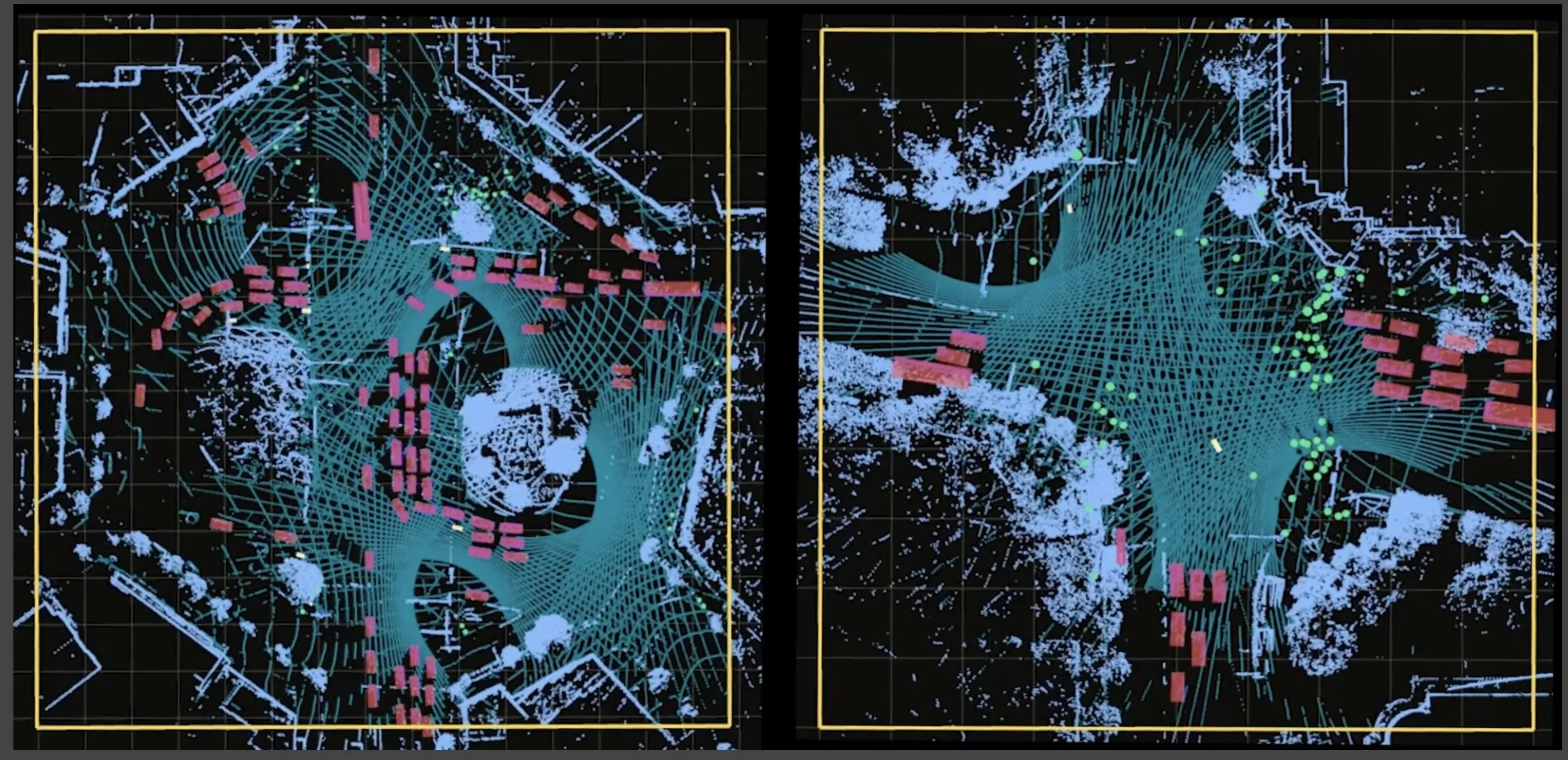Vicon Industries is introducing a new, progressive scan camera within its SurveyorVFT 35X zoom domes. According to the company, the new camera delivers superior video quality in two modes (Normal and High Sensitive); it will be included in all in SurveyorVFT outdoor, impact-resistant and pressurised housings.
February 1, 2012
Read time: 1 min

Digital noise reduction digitally samples the video image and removes excessive noise while an enhanced white balance menu allows the user to choose between "Sodium" and "Mercury" settings, specifically accommodating for those types of lighting.
The camera also offers a choice between fast and slow auto-focus modes. While the former provides the benefit of an increased focusing speed, slow auto-focus often provides a more stable image when new objects move into a scene. Manual focus remains a third option. Model numbers and ordering information for the camera domes will not change. The new cameras will shortly begin shipping within SurveyorVFT 35X domes.










